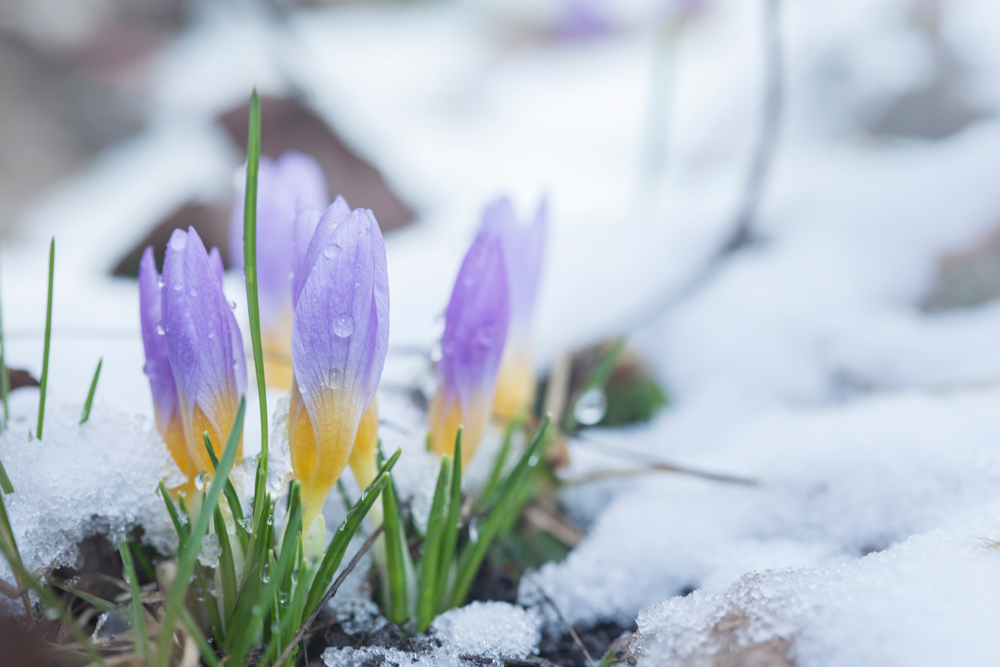After months of being trapped in an airtight (more or less) box, you may have noticed some things are different than in warm weather. With doors and windows sealed against the cold, dark nights, furnaces working overtime, and extra cooking and washing, issues with air quality and lighting are more apparent in winter months.
Rather than put addressing them off till fall, make a list of things to do to eliminate those problems. Here are some things to consider.
Service//Upgrade Your Water Heater
We use hot water year-round, but incoming water is colder in the winter, adding to the cost of heating it and stressing your heater.
Heaters of all types need periodic maintenance, and they all have limited life spans, so keep them maintained per the manufacturer’s recommendations and consider replacing them if they’re showing their age or you keep running out of hot water. Modern water heaters are more efficient and use less energy, so consider an upgrade if your unit is more than 10-12 years old. New heaters come in both gas and electric models, both with tanks and space-saving tankless versions.
Upgrade/Add Ventilation
Between heating and cooling, we keep our houses buttoned up most of the year. While that saves on energy costs, it can also contribute to indoor air quality issues, especially if localized venting isn’t performing properly.
Keep your kitchen vent filters clean, use vent fans in bathrooms to remove excess humidity and prevent mold growth, and be sure your dryer and other ducts are clean and that they exhaust to the outside, not into crawl spaces, attics, living areas, or garages. If your kitchen and bathrooms lack vent fans, add them to improve your indoor environment.
Every cubic foot of air you exhaust must be replaced in order for your systems to work efficiently, so keep return air vents clean and unobstructed and change your furnace and a/c filters frequently. If you have humidifiers or dehumidifiers, keep them clean and consider adding air cleaners if you have residents sensitive to dust, pollen, or other allergens.
Add Lighting for Safety and Comfort
Long winter nights can point out areas where lighting is inadequate. Kitchens and other workspaces need task lighting as well as overall illumination. Porches and walkways should be well illuminated to prevent slips and trips. And switched and dimmable lighting can add interest and be regulated to suit different needs and mood. LED lighting can be added without significantly increasing your electrical system’s load, possibly avoiding the need to add extra capacity while saving energy in the bargain. LED bulbs last from 20-40 years years when used for 3 hours each day and use a fraction of the energy of other types of lighting. The cost of LED bulbs keeps coming down—some utilities even offer to help pay for them—so the bulbs pay for themselves in just a few years. And they’re available in nearly any size, shape, and color you may want.
Start Planning and Budgeting for Improvements
Planning improvements ahead of time lets you budget for costs and maintenance, and phasing in your improvements over time encourages saving and helps prevent overspending. According to the US Census Bureau, the average household spends around $3,300 each year on maintenance and improvements, so setting funds aside regularly can help avoid surprises and expensive borrowing.
The pros at Allstar Electrical Services work hand-in-hand with homeowners, designers, architects, and contractors to ensure your projects are done right, on budget and on schedule. Call us at (303) 399-7420 or visit our website. Then use our handy on-line forms to request an estimate or set up an appointment. We’ve been serving homeowners and businesses along Colorado’s Front Range since 2000 and are top-rated by the BBB and Angie’s List.


